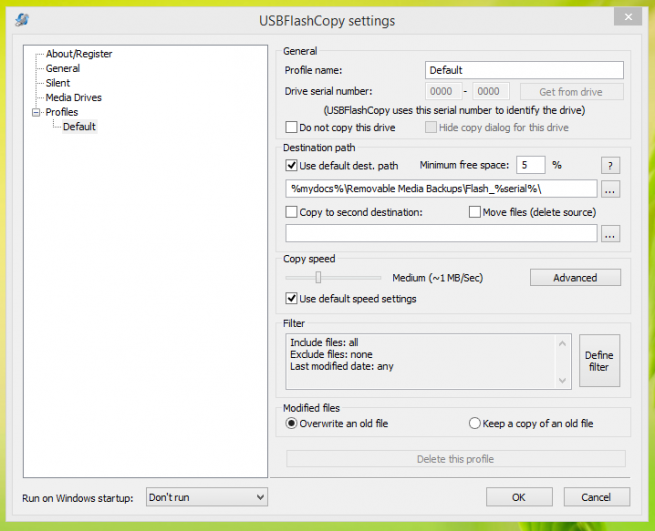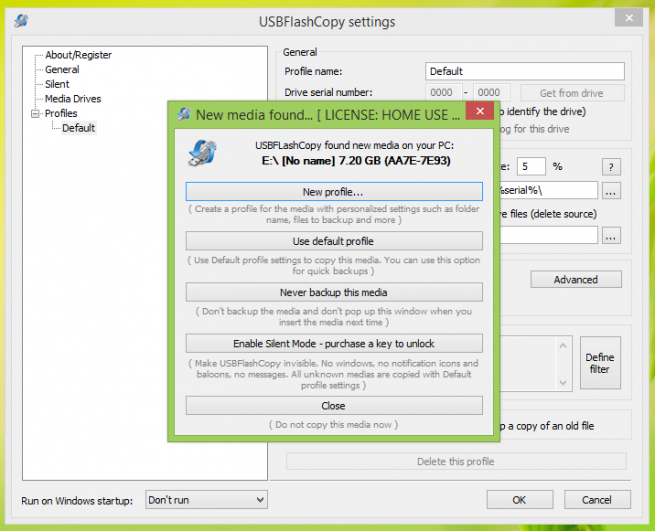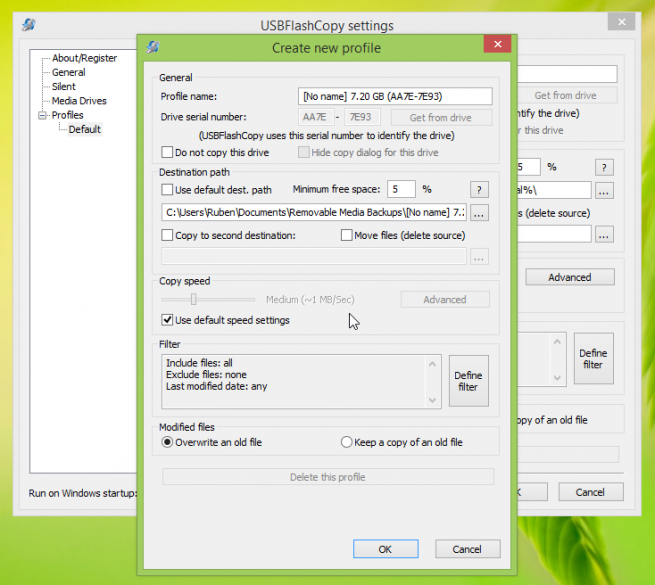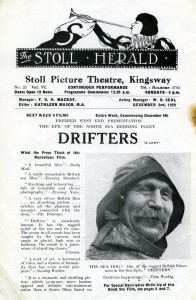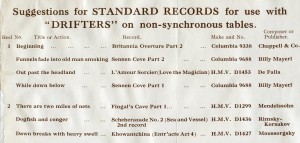Picture yourself on a weekend retreat in a rented cabin in the woods, not far from your home. Although you love the isolation (no wi-fi, no TV), you would like to listen to your favorite radio show on Saturday afternoon¹. After looking around, you find a cheap clock radio in the bedroom and, at the appointed time, you fiddle with the (maddeningly small) tuner wheel, tune the (analog) dial, and hope that your favorite station’s signal reaches your receiver’s dinky little antenna.
The above scenario can be an allegory for how audio archivists deal with obsolete formats. The challenges, decisions, and satisfactions are remarkably similar. This makes sense: after all, both radio listeners and audio archivists are interested in access to distant audio; it’s just that the former measure distance in miles and the latter in years. Despite the differences, the scenario above describes the two factors involved in extracting audio from obsolete formats: (1) quality of the signal itself, and (2) available resources. Let’s look at each in turn.
1. Signal quality
In broadcasting, the original audio signal is “embedded” in what is called the “carrier” signal. This allows the audio to travel big distances, but the downside is that the signal must be decoded (demodulated is the technical term) at the other end using specialized equipment, which can range in complexity from crystal radios to high-end receivers.
The fates of content and carrier are deeply intertwined. Although radio signals get progressively weaker with distance, the quality of your reception often has more to do with what kind of obstacles (from mountains to solar flares) the wave has encountered on its particular path to your receiver.
Audio signals from the past are also embedded in “carriers,” which in this case means a physical format such as cassettes, records, or wax cylinders; and, just as with radio waves, if we want to hear the content we must extract the audio on our end with a specialized device —a cassette deck, say, or a contraption such as the Archaeophone, used to play wax cylinders.
Physical carriers also degrade with time. The decay is usually slow and predictable, but specific events —from scratches on a cylinder to dropping your iPod in the toilet— can affect the quality of the signal within. The content may still be there, but retrieving it surely becomes progressively harder the longer you wait. Which brings us to our second factor: resources.
2. Available resources
In our allegory, notice how you had to find a specific machine that could retrieve the signal (the clock radio), and then adjust it for decent reception —some effort was necessary. But you could have gone much further. You may have had to move the clock radio to a different room for better reception (or any reception at all); you may have been dissatisfied with the quality on the dinky speaker, prompting you to seek a better receiver; you could have even traveled to a location closer to the transmitting antenna.
The amount of effort placed will likely affect the quality of the signal you hear, but you can also go overboard: should you go to the local store and buy a new, ultra high-end stereo system, just for this one broadcast? Where you stop is a decision you make at the time, and it most likely depends on how badly (and how well) you want to listen to that broadcast. Hopefully, your effort brings a commensurate satisfaction, although it is often hard to determine that beforehand.
In audio archiving we cannot get closer in time to the original recording (although there are exceptions, besides time travel), but we often have similar options to the ones described above. Although the content within a carrier is seldom irretrievably lost² (a magnetic signal embedded in audio tape, for example, is remarkably robust), the effort necessary to retrieve it (and retrieve it well) from a carrier generally increases with time, and eventually may not be worth it.
An additional complication is that audio archivists often deal with obsolete formats for which players and their corresponding support infrastructure barely exist. (It is as if your station were not only far away, but broadcasting on shortwave: the effort necessary to retrieve such a signal with good audio will probably be much higher) Although as of this writing, virtually all audio formats are playable given enough resources, the necessary machines and technical knowledge are often in the hands and heads of increasingly few experts³.
Once again, it all depends on how badly (and how well) you want to listen to the content. In other words, (and not surprisingly): content is king. And as availability of content multiplies, decisions to use resources to access vintage audio may become more managerial in nature. But it may be useful to remember that, in the end, only two basic factors determine those decisions.
Read Part 2: Hello Future, Can You Hear Me?
¹On WNYC or WQXR, no doubt
²There are exceptions to this, but there are also ways to extend many carriers’ lifetimes
³There are some reversals within this trend, however. For example, the increased availability of playback machines, parts, and manuals on ebay may be the greatest thing that ever happened to audio archiving.

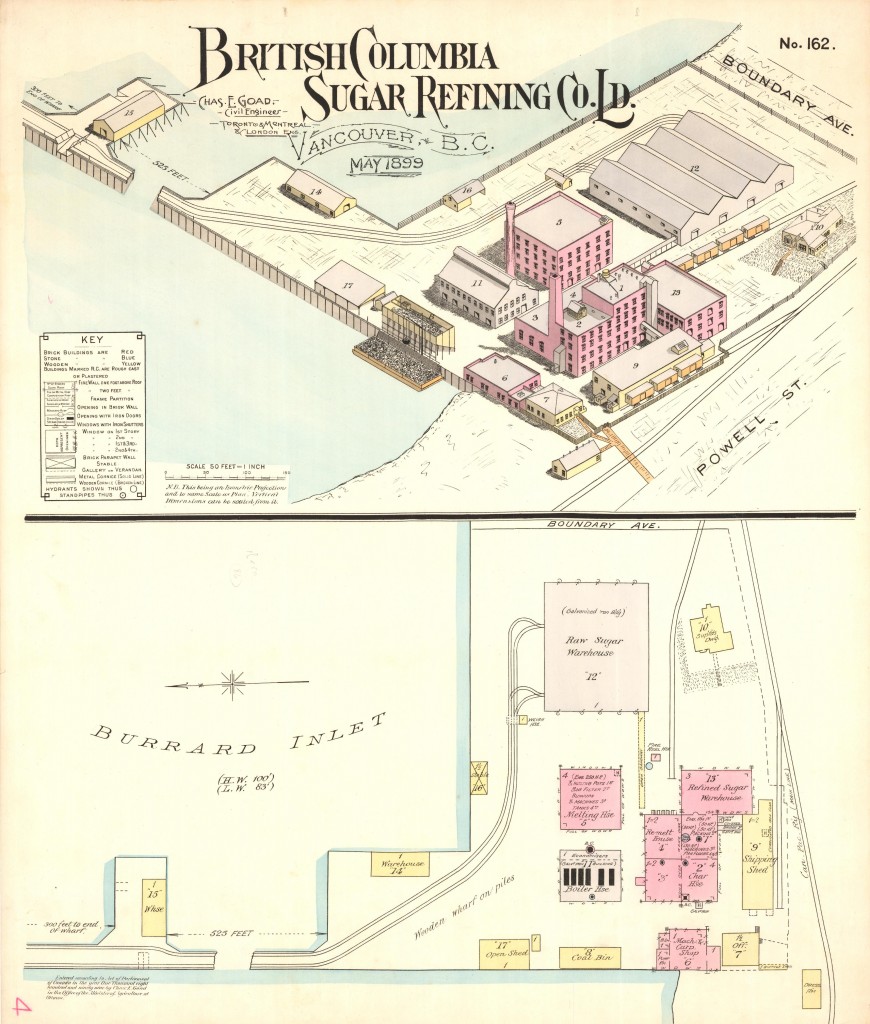



![Apparatus for evaporation of beet juices in beet sugar manufacture, “General Arrangement of Quadruple Effet 10,000 [square foot] H.S.”, The Mirrlees Watson Company Limited, 1905 (copied 197-?). Reference code: AM1592-S17-: 2011-092.6747.](http://www.vancouverarchives.ca/wp-content/uploads/2014/03/2011-092-6747-1024x684.jpg)
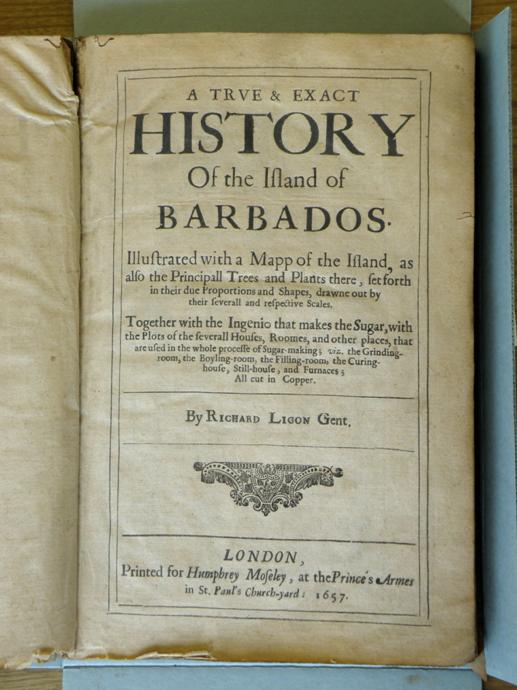


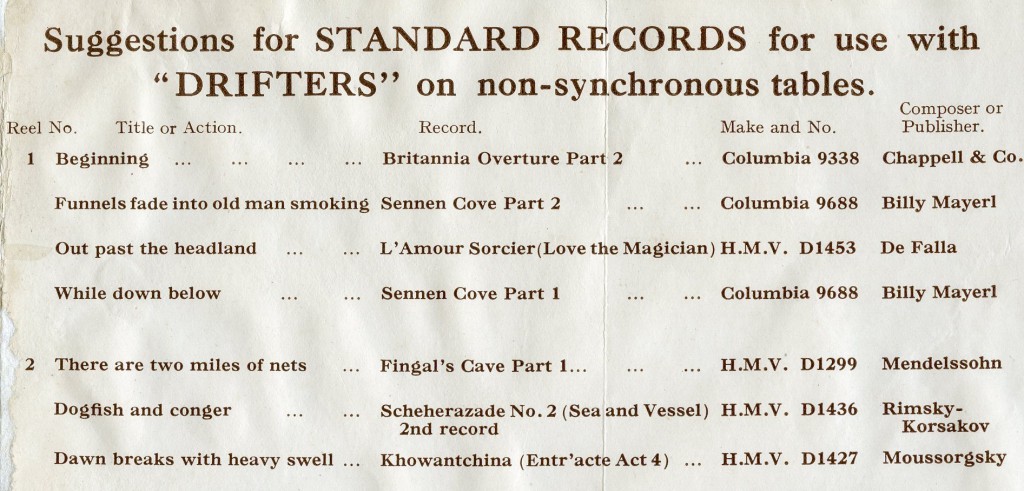









![Mr. and Mrs. Morrow with Lindbergh in Mexico City, 1927. Sitting on the floor: Constance Morrow, who for a time was rumored to be Lindbergh's love interest. [Morrow Papers, Series XIV, box 1, folder 31]](https://consecratedeminence.files.wordpress.com/2014/03/morrow_xiv_b1f31.jpg?w=225&h=300)














